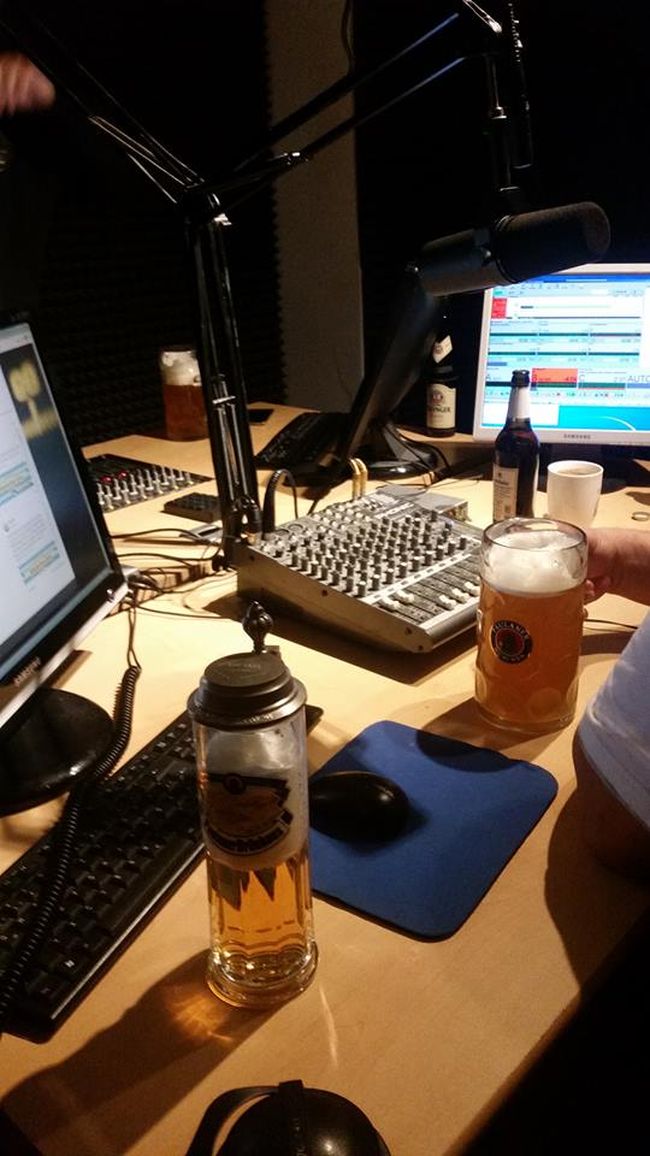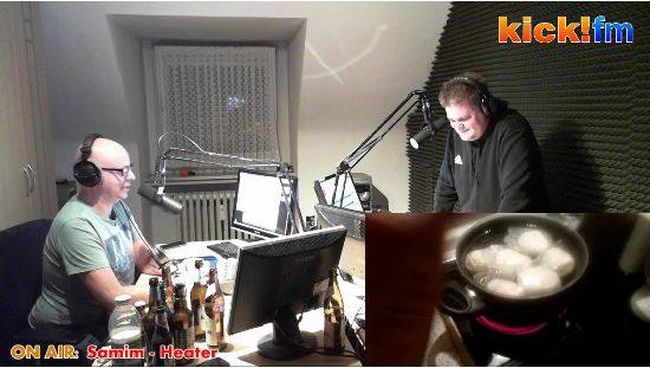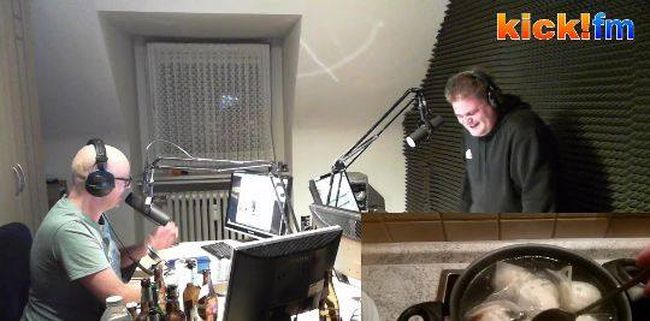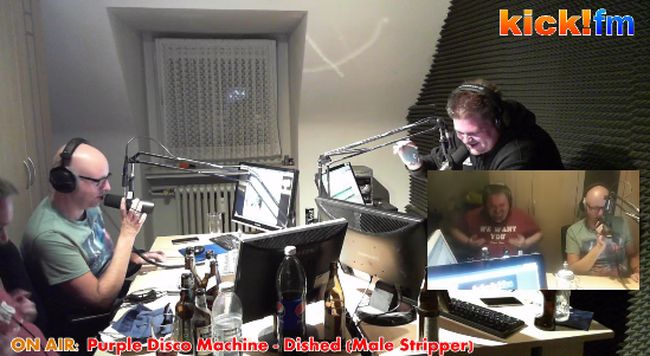Mitte der kommenden Woche tauschen im britischen Wales die Stationen BBC Radio 3 und BBC Radio Wales ihre Frequenzen. Rund 40 Jahre nach dem Sendestart erhöht das öffentlich-rechtliche Regionalprogramm für Wales durch diesen Tausch seine UKW-Reichweite um rund 180.000 Haushalte. 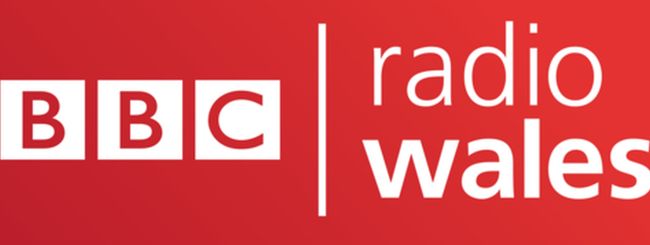 Radio 3-Hörer in einigen Teilen von Wales, Shropshire und Cheshire werden gebeten ihr Lieblingsprogramm erneut zu suchen oder zum Digitalradio zu wechseln. Auf der Help Recieving TV And Radio-Seite ist ebenso nachzulesen, dass einige Haushalte Radio 3 nicht mehr empfangen können. Diese werden zum Wechsel auf den Livestream oder “Digital TV” (Sat-TV) gebeten. Etwas detailierter wird das Ganze auf der Webseite von Radio 3 beschrieben:
Radio 3-Hörer in einigen Teilen von Wales, Shropshire und Cheshire werden gebeten ihr Lieblingsprogramm erneut zu suchen oder zum Digitalradio zu wechseln. Auf der Help Recieving TV And Radio-Seite ist ebenso nachzulesen, dass einige Haushalte Radio 3 nicht mehr empfangen können. Diese werden zum Wechsel auf den Livestream oder “Digital TV” (Sat-TV) gebeten. Etwas detailierter wird das Ganze auf der Webseite von Radio 3 beschrieben:
Why have I lost BBC Radio 3 on FM?
In order to bring FM coverage of BBC Radio Wales to a further 173,000 households in Wales, a number of FM frequencies currently used by BBC Radio 3 will be used to transmit BBC Radio Wales from 24th October 2018. Radio 3 listeners in some parts of Wales, Shropshire and Cheshire will need to re-tune to continue listening to BBC Radio 3.
Why and when are you doing this?
Around 21% of the Welsh population cannot receive the national radio station, BBC Radio Wales, on FM. BBC Radio Wales broadcasts high quality, original, challenging and innovative programmes for a Welsh audience, championing Welsh culture, music and arts. Expanding its FM coverage to 91.5% will allow more listeners to choose to listen to BBC Radio Wales and engage with its programmes.
BBC Radio Wales will replace BBC Radio 3 at thirty-two FM transmitters in Wales overnight between 23 and 24 October 2018. At some larger transmitters, Radio 3 will be replaced by a recorded announcement on 17 October. This will tell listeners about the change and provide information on how to re-tune to continue listening to Radio 3.
How do I continue listening to BBC Radio 3 on FM if I live in an affected area?
Many listeners, particularly along the North Wales coast and in Shropshire, Cheshire and Merseyside, may be able to re-tune to an alternative FM frequency:
– Cheshire; Merseyside; Flintshire; Wrexham County Borough 91.5 MHz FM
– Shropshire; Staffordshire 90.5 MHz FM
– North Wales coast 92.0 MHz FM
There are some areas in England where either 90.5 MHz or 91.5 MHz could provide the best service. Listeners are encouraged to try both frequencies to determine which works best for them.
Elsewhere in Wales, listeners can try re-tuning to the main transmitter for their area – although results may be variable:
– South East Wales 92.1 MHz FM
– Carmarthenshire 90.6 MHz FM
– Pembrokeshire 91.5 MHz FM
– Cardigan Bay 90.9 MHz FM
– Conwy 92.0 MHz FM
If the frequencies above do not provide an alternative, listeners should first check whether any others are likely to be available at their location by following this link.
Some Radio 3 listeners may find they cannot find a suitable alternative FM frequency. They will need to switch to an alternative way of listening, such as DAB digital radio, digital television, or the BBC iPlayer Radio and BBC Sounds app.
Most car radios should automatically re-tune to alternative BBC Radio 3 FM transmitters using the RDS system. Although there will be some areas where in-car FM reception is not as robust as previously, RDS car radios will automatically re-tune to the best available signal and there should be no need to re-tune manually.
In einigen Regionen von Wales ist der Regionalsender nach der Umstellung erstmals via UKW zu empfangen. Die aktuelle Frequenzsituation gem. fmscan.org):
BBC Radio Wales
93,9 Kilvey Hill (1,0 kW)
94,8 Llanddona (10,0 kW)
94,8 Ton Pentre (0,006 kW)
95,0 Ebbw Vale (0,03 kW)
95,1 Carmel (3,2 kW)
95,1 Blaenavon (0,01 kW)
95,2 Abergavenny (0,036 kW)
95,3 Blaenplwyf (120,0 kW)
95,4 Wrexham-Rhos (0,7 kW)
95,5 Varteg Hill (0,048 kW)
95,8 Aberdare (0,042)
95,9 Newport/Christchurch (0,5 kW)
95,9 Haverfordwest (20,0 kW)
103,7 Merthyr Tydfil (0,025 kW)
103,9 Wenvoe (40,0 kW)
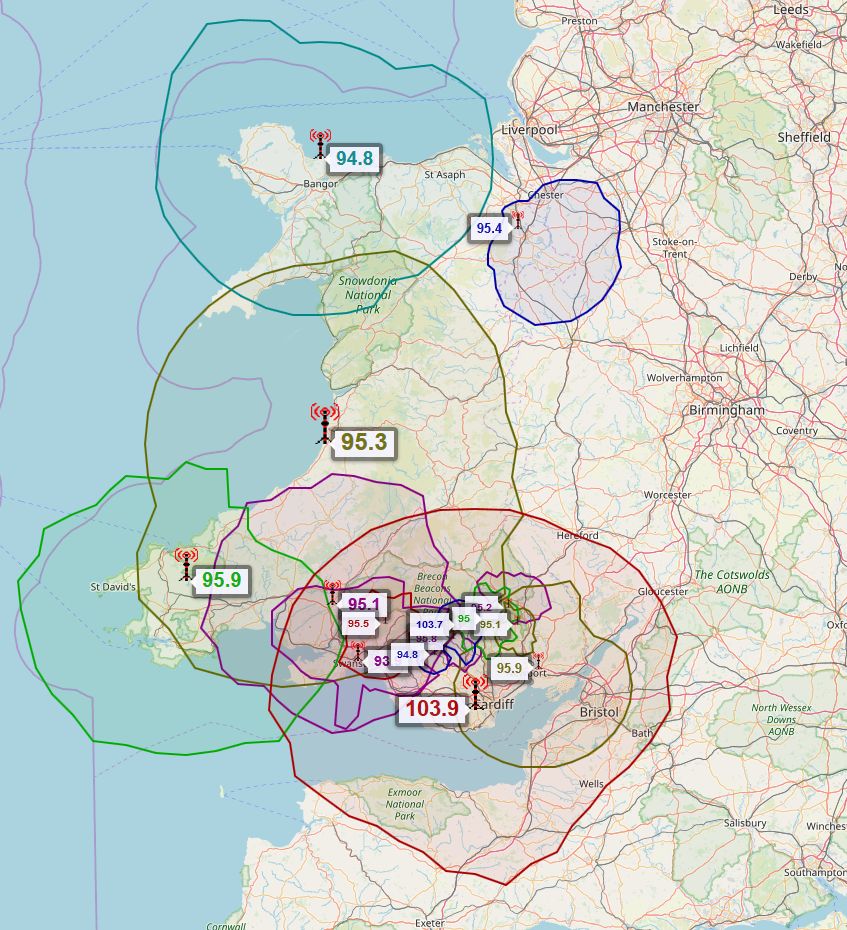 Radio Wales ist zusätzlich noch über die Mittelwelle zu empfangen:
Radio Wales ist zusätzlich noch über die Mittelwelle zu empfangen:
657 Wrexham/Bryn Moel (2 kW)
882 Washford (100 kW)
882 Penmon (10 kW)
882 Tywyn (5 kW)
882 Forden (0,8 kW)
1125 Llandrindod Wells (1 kW)
Ich vermute, dass diese Sender zum Ende 2018 abgeschaltet werden. BBC Radio 3 verfügt über eine landesweite Kette und wird derzeit im Raum Wales u.a. über folgende Grundnetzsender abgestrahlt:
90,5 Sutton Coldfield (250 kW)
90,9 Blaenplwyf (250 kW)
92,1 Wenvoe (250 kW)
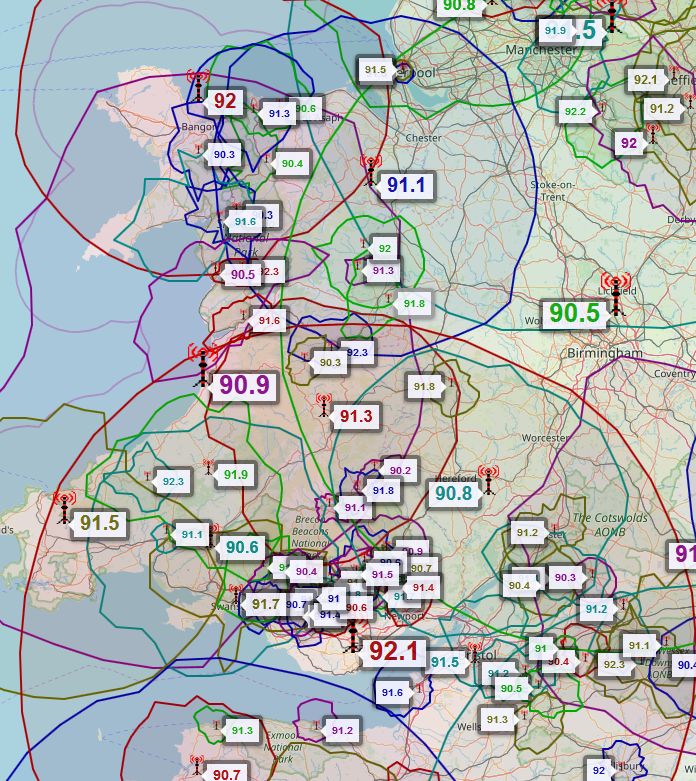 Ein in meinen Augen mutiger und zugleich konsequenter Schritt in die richtige Richtung. SWR und hr haben es in Deutschland vorgemacht, weitere Anstalten könnten (sollten) folgen. Vielleicht macht es sogar Sinn die Ausstrahlung auf maximal drei UKW-Ketten pro Bundesland zu beschränken und den Rest exklusiv digital zu verbreiten.
Ein in meinen Augen mutiger und zugleich konsequenter Schritt in die richtige Richtung. SWR und hr haben es in Deutschland vorgemacht, weitere Anstalten könnten (sollten) folgen. Vielleicht macht es sogar Sinn die Ausstrahlung auf maximal drei UKW-Ketten pro Bundesland zu beschränken und den Rest exklusiv digital zu verbreiten.
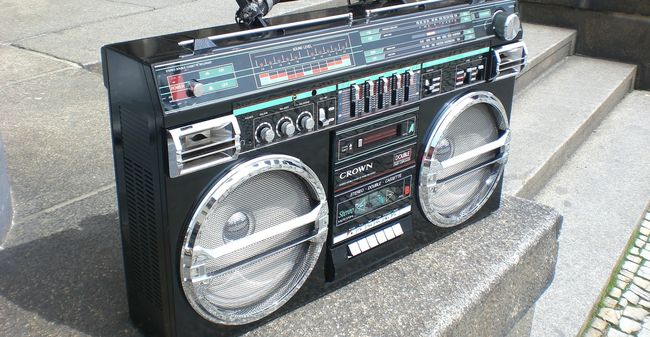 Ich vermute, dass die Verschiebungen noch nicht abgeschlossen sind und dass sich auch langfristig an der Spitze eine Änderung durchsetzen wird. Radio 538 ist seit beinah 20 Jahren Marktführer, ein Top 40-Format gibt es mittlerweile auf sehr vielen Stationen. Das Alleinstellungsmerkmal von Radio 538 ist verschwunden.
Ich vermute, dass die Verschiebungen noch nicht abgeschlossen sind und dass sich auch langfristig an der Spitze eine Änderung durchsetzen wird. Radio 538 ist seit beinah 20 Jahren Marktführer, ein Top 40-Format gibt es mittlerweile auf sehr vielen Stationen. Das Alleinstellungsmerkmal von Radio 538 ist verschwunden.
 Radio 3-Hörer in einigen Teilen von Wales, Shropshire und Cheshire werden gebeten ihr Lieblingsprogramm erneut zu suchen oder zum Digitalradio zu wechseln. Auf der
Radio 3-Hörer in einigen Teilen von Wales, Shropshire und Cheshire werden gebeten ihr Lieblingsprogramm erneut zu suchen oder zum Digitalradio zu wechseln. Auf der 

